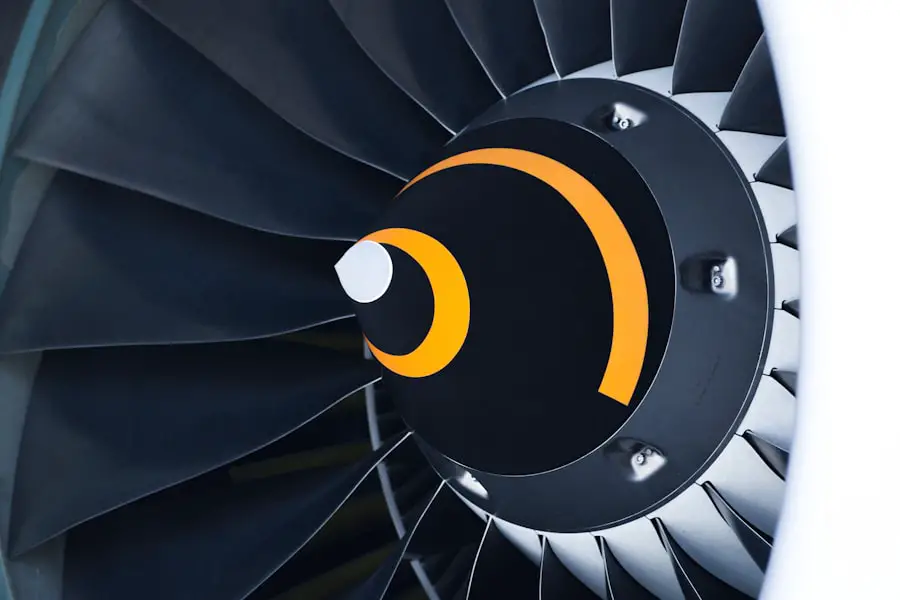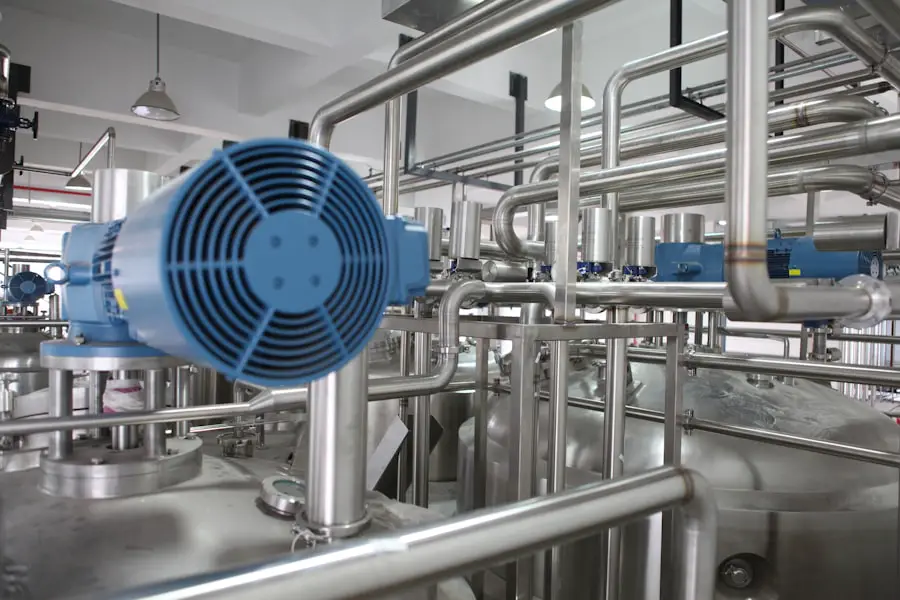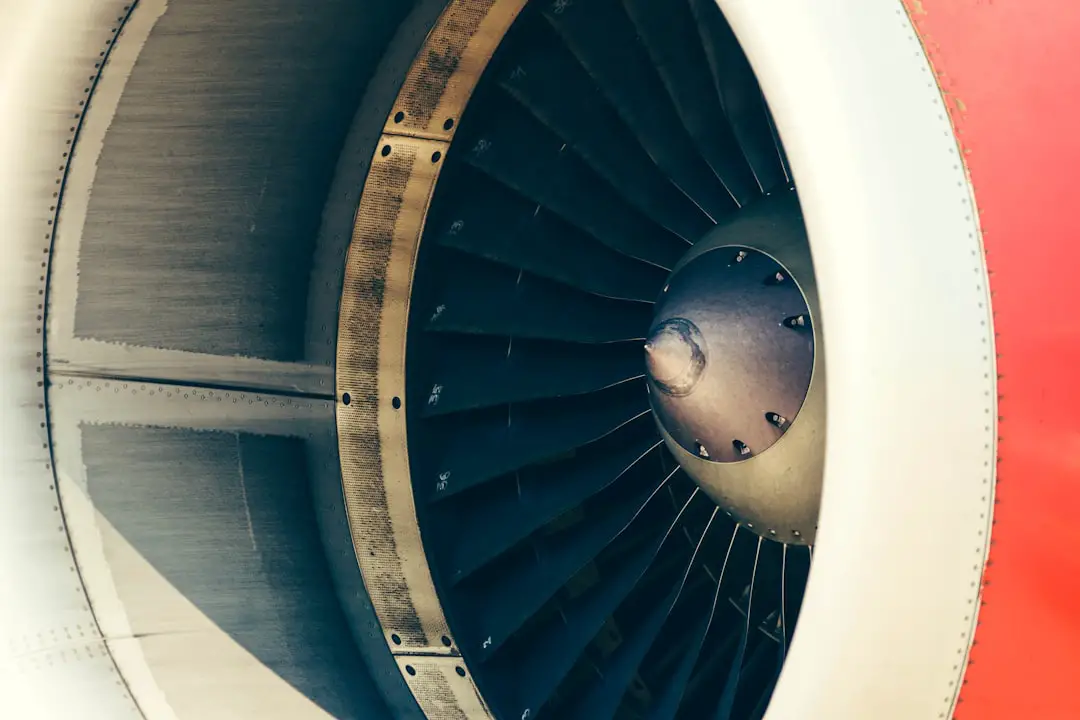The performance of a Mac can be influenced by a multitude of factors, each contributing to a sluggish user experience. One of the primary culprits is the accumulation of background processes that consume system resources. These processes can stem from applications that run at startup, services that are not actively in use, or even system updates that have not been properly configured.
When the CPU and memory are overtaxed by these background tasks, users may notice a significant lag in responsiveness, leading to frustration and decreased productivity. Another common cause of slow performance is insufficient storage space. macOS requires a certain amount of free disk space to function optimally, as it uses this space for virtual memory and temporary files.
When the hard drive becomes cluttered with files, applications, and system caches, the operating system struggles to manage resources effectively. This can lead to longer load times for applications, delays in file access, and an overall sluggish experience. Understanding these underlying issues is crucial for diagnosing and addressing performance problems effectively.
Key Takeaways
- Slow performance can be caused by various factors such as outdated software, malware, and hardware issues.
- Clear out unnecessary files and applications to free up disk space and improve system performance.
- Regularly update macOS and software to ensure optimal performance and security.
- Manage startup programs to reduce the number of applications running at startup and improve boot time.
- Regularly check for malware and viruses to ensure system security and performance.
- Optimize system preferences such as energy saver settings and desktop clutter to improve overall system performance.
- Consider upgrading hardware components such as RAM or SSD for a significant performance boost.
- Seek professional help if the above steps do not improve system performance or if there are hardware issues that need to be addressed.
Clearing Out Unnecessary Files and Applications
Clearing out unnecessary files and applications is one of the most effective ways to enhance the performance of a Mac. Over time, users often accumulate a variety of files—such as downloads, duplicates, and old documents—that can clutter the hard drive. By systematically reviewing and deleting these files, users can free up significant amounts of storage space.
Identifying Unnecessary Files
Tools like Finder can be utilized to sort files by size or date modified, making it easier to identify which items are no longer needed.
Removing Unused Applications
In addition to files, applications that are no longer in use can also contribute to slow performance. Many users install applications for specific tasks but forget to uninstall them once they are no longer needed. These unused applications can take up disk space and may even run background processes that consume system resources.
Streamlining Your System
By regularly reviewing installed applications and removing those that are unnecessary, users can streamline their systems and improve overall performance. Utilizing tools like AppCleaner can help ensure that all associated files are removed when an application is uninstalled.
Updating macOS and Software

Keeping macOS and all installed software up to date is essential for maintaining optimal performance on a Mac. Apple frequently releases updates that not only introduce new features but also address bugs and security vulnerabilities that can impact system performance. Failing to install these updates can leave a Mac susceptible to issues that may slow it down or compromise its security.
Users should regularly check for updates through the System Preferences menu and ensure that both macOS and third-party applications are running the latest versions. Moreover, software developers often optimize their applications for newer versions of macOS, which means that running outdated software can lead to compatibility issues and performance degradation. For instance, an application designed for an older version of macOS may not take full advantage of the latest hardware capabilities or system optimizations.
By updating software regularly, users can benefit from improved performance, enhanced features, and a more stable computing environment.
Managing Startup Programs
| Program Name | Startup Impact | Status |
|---|---|---|
| Google Chrome | High | Enabled |
| Dropbox | Medium | Enabled |
| Skype | Low | Disabled |
| Adobe Creative Cloud | High | Enabled |
Startup programs can significantly impact the boot time and overall performance of a Mac. When too many applications are set to launch at startup, they can consume valuable system resources right from the moment the computer is turned on. This not only slows down the boot process but can also lead to a sluggish experience as multiple applications vie for CPU and memory resources simultaneously.
Users can manage startup programs by navigating to System Preferences and selecting Users & Groups, where they can review and modify the list of items that launch at startup. Disabling unnecessary startup items is a straightforward process that can yield immediate benefits. For example, if a user has several applications set to open automatically—such as messaging apps or cloud storage services—they may find that their Mac runs more smoothly by disabling these items.
In some cases, users may not even realize which applications are set to launch at startup; therefore, taking the time to review this list can uncover hidden resource hogs that contribute to slow performance.
Checking for Malware and Viruses
While Macs are generally considered more secure than other operating systems, they are not immune to malware and viruses. Malicious software can infiltrate a system through various means, such as downloading infected files or visiting compromised websites. Once installed, malware can consume system resources, leading to slow performance, unexpected crashes, or even data loss.
Therefore, it is essential for users to regularly check their systems for potential threats. Utilizing reputable antivirus software can help detect and remove malware before it causes significant damage. Many antivirus programs offer real-time protection and scheduled scans to ensure that any threats are identified promptly.
Additionally, users should practice safe browsing habits and be cautious about downloading files from untrusted sources. By maintaining vigilance against malware and viruses, users can protect their Macs from performance issues related to malicious software.
Optimizing System Preferences

Optimizing system preferences is another effective strategy for improving Mac performance. The macOS offers various settings that can be adjusted to enhance speed and efficiency. For instance, users can modify visual effects such as transparency and animations through the Accessibility settings.
Reducing these effects can lead to a more responsive interface, especially on older hardware that may struggle with resource-intensive graphics. Another area to consider is energy settings. Users who primarily work on their Macs while plugged into power may benefit from adjusting energy preferences to prioritize performance over energy savings.
By selecting the “Higher Performance” option in the Energy Saver settings, users can ensure that their Mac operates at its best without throttling performance in favor of battery life. These small adjustments in system preferences can collectively lead to noticeable improvements in overall performance.
Upgrading Hardware Components
For users who have tried various software optimizations without achieving satisfactory results, upgrading hardware components may be the next logical step. One of the most impactful upgrades is increasing RAM (Random Access Memory). More RAM allows a Mac to handle multiple applications simultaneously without slowing down, making it particularly beneficial for users who engage in resource-intensive tasks such as video editing or graphic design.
Another potential upgrade is replacing a traditional hard drive with a Solid State Drive (SSD). SSDs offer significantly faster read and write speeds compared to traditional hard drives, resulting in quicker boot times and faster application launches. This upgrade can breathe new life into older Macs that may feel sluggish due to outdated storage technology.
Additionally, upgrading components like the graphics card or processor—if applicable—can further enhance performance for demanding tasks.
Seeking Professional Help
If all else fails and a Mac continues to exhibit slow performance despite attempts at optimization, seeking professional help may be necessary. Apple-certified technicians possess the expertise to diagnose complex issues that may not be immediately apparent to the average user. They can perform comprehensive hardware diagnostics and identify underlying problems such as failing components or software conflicts that could be affecting performance.
Moreover, professional services often have access to specialized tools and resources that allow them to address issues more effectively than standard troubleshooting methods. Whether it involves performing a clean installation of macOS or replacing faulty hardware components, enlisting professional help ensures that users receive tailored solutions based on their specific needs. This approach not only resolves current performance issues but also helps prevent future problems from arising, ultimately leading to a more efficient computing experience.
If you are wondering why your MacBook Air is running slow, it could be due to a variety of reasons such as cluttered storage, outdated software, or even malware. One helpful article that delves into the topic of optimizing your Mac’s performance is this article on AppsSoftwares. It provides useful tips and tricks on how to speed up your MacBook Air and improve its overall performance. Additionally, if you have any further questions or need personalized assistance, you can reach out to the experts at AppsSoftwares through their contact page.
FAQs
Why is my MacBook Air running slow?
There are several reasons why your MacBook Air may be running slow, including a lack of available storage space, too many background processes running, outdated software, or a need for a hardware upgrade.
How can I speed up my MacBook Air?
You can speed up your MacBook Air by freeing up storage space, closing unnecessary background processes, updating your software, and considering a hardware upgrade if necessary.
What are some common causes of a slow MacBook Air?
Common causes of a slow MacBook Air include a lack of available storage space, too many applications running in the background, outdated software, and hardware limitations.
Should I consider upgrading my MacBook Air’s hardware to improve its speed?
If your MacBook Air is consistently running slow and you have already tried optimizing its software and storage, it may be worth considering a hardware upgrade such as adding more RAM or upgrading to a faster solid-state drive (SSD).
How often should I perform maintenance on my MacBook Air to prevent it from slowing down?
Regular maintenance, such as cleaning up storage space, updating software, and managing background processes, should be performed on a regular basis to prevent your MacBook Air from slowing down.
